Cats are sometimes able to pass the tiniest of bladder stones. Females, especially, will have greater success than male cats, because of their wider urethras. Most cat bladder stones, however, are too big to pass naturally. They will either need to be dissolved or surgically removed.
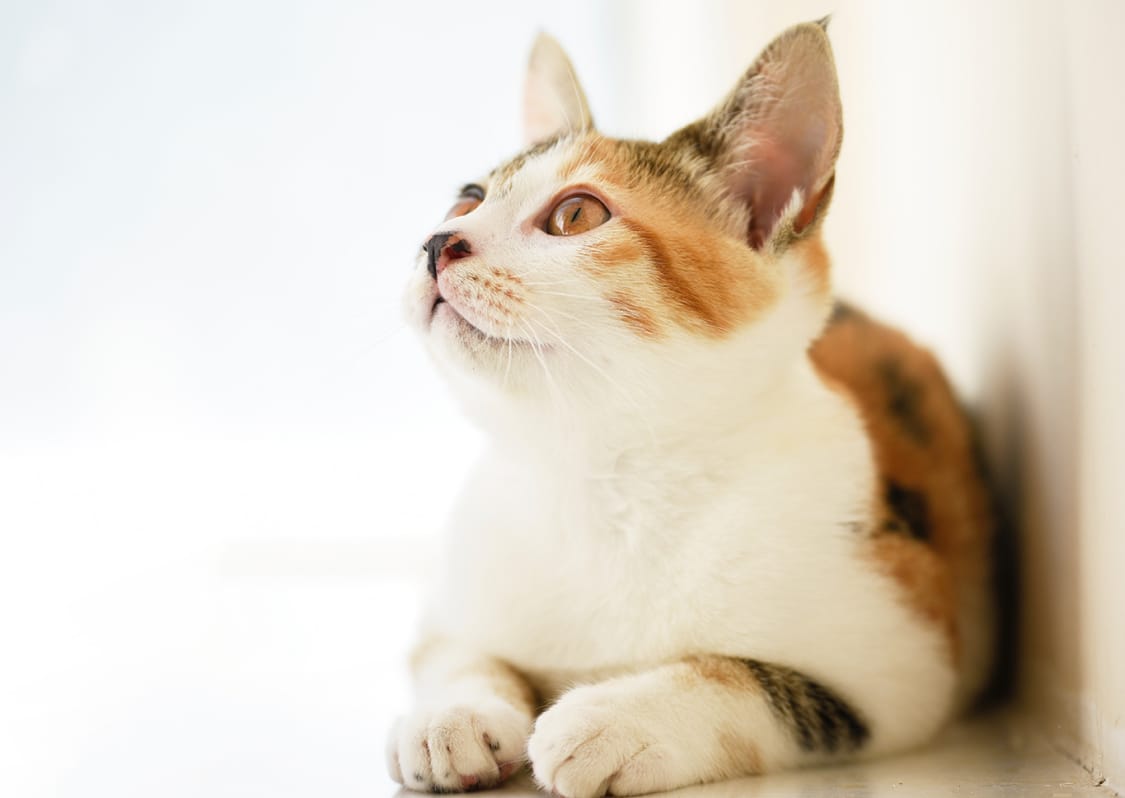
Feline Bladder Stones
– What to Know
Make caring for your cat’s health a little easier. With PrettyLitter, you’ll be the first to know about their bladder stones and other health issues.
Don’t Let Bladder Stones
Weigh Your Cat Down
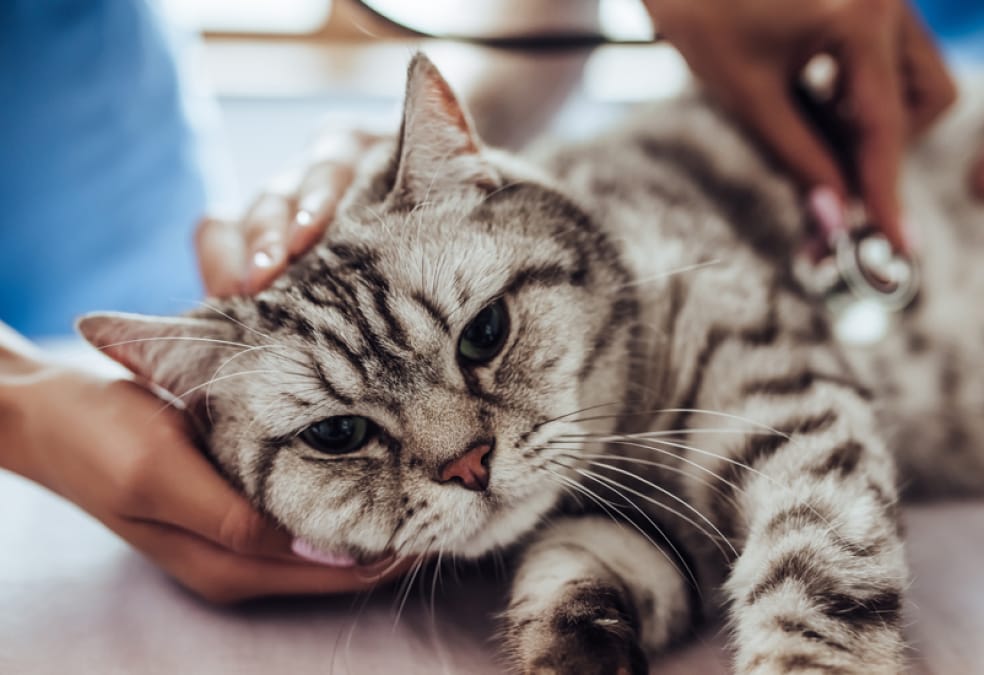
What are Bladder Stones in Cats?
Bladder stones can be a heavy burden on your cat’s health. These rock-like mineral deposits form in your feline friend’s bladder and can be quite painful.
They vary in size—just like real stones and rocks that you’d find in a park or beach. Your kitty may have one large stone that irritates the bladder walls, causes inflammation, and blocks the opening to the urethra. Your cat may also have several tiny stones, like pebbles or grains of sand, which may be carried into the urethra during urination, creating an emergency blockage. Oftentimes, your kitty will have a combination of both.
How to Identify
Bladder Stones in Cats
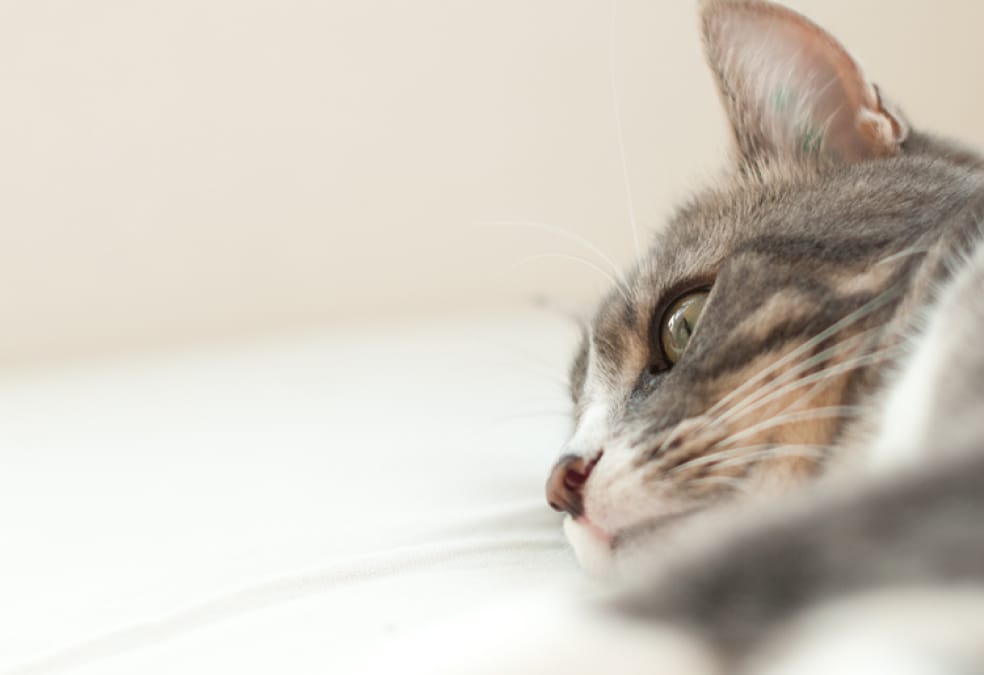
Cats can sometimes be very vocal-but it's not always easy to understand what they're trying to say. The human-feline communication barrier can make it difficult to identify urinary issues in cats like struvite uroliths (or bladder stones).
But there are two primary tell-tale signs of bladder stones in cats:
Hematuria – Otherwise known as blood in the pet's urine. Larger stones scrape against the bladder’s lining, causing bleeding.
Dysuria – Dysuria is trouble or pain when urinating. Stones obstruct the urethra’s passage, which causes discomfort during urination. In serious cases of total blockage, your kitty won’t be able to pass any urine and the pressure on their bladder can be quite painful
Other ways of identifying urinary stones include:
- Frequent urination attempts, with very little urine released.
- Excessive genital grooming.
- Cats urine spraying or urinating outside the litter box.
However, some cats with urinary stones exhibit no, or very few, observable symptoms.
What Causes Bladder
Stones in Cats?
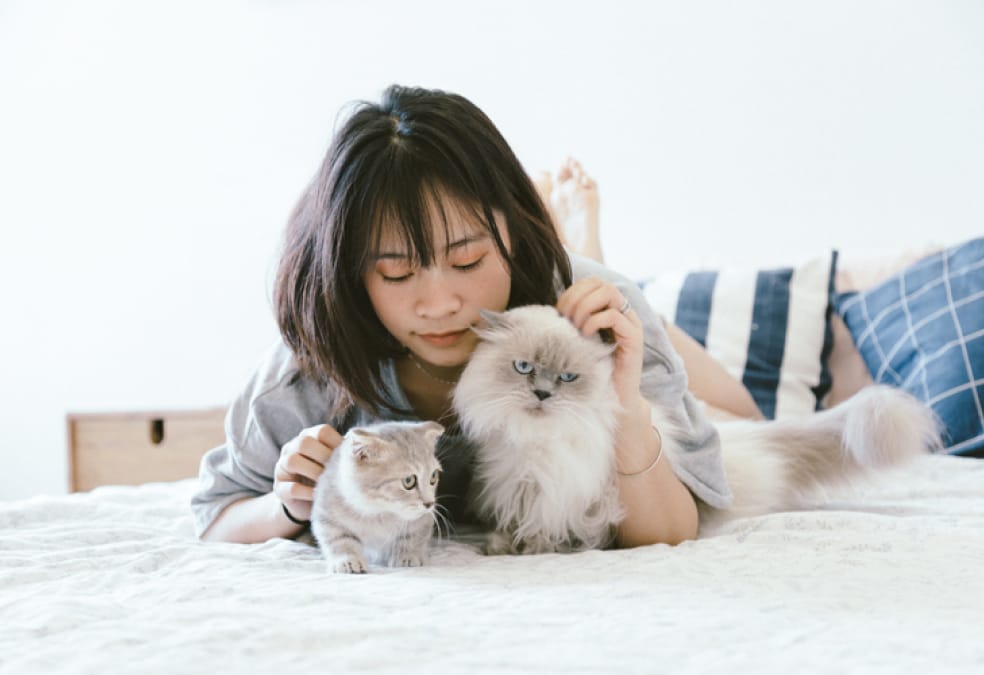
The minerals that lead to urinary stones are completely harmless in small doses—they only become these painful rock-like structures under certain conditions like decreased water intake, urine pH, certain dietary supplements or drugs, an imbalanced diet, or even just kitty genetics.
But the cause of bladder stones in cats boil down to this:
When certain natural and normal minerals—typically struvite crystal or calcium oxalate — build up in excess in your cat’s bladder, they begin to crystallize. These small structures can irritate the bladder walls, which initiates mucus production.
The struvite crystals and mucus fuse together to form hardened clusters that continue to grow. This process can take weeks, even months, to complete.
But with vigilant care and intervention, you may be able to interrupt it along the way and prevent your cat from getting urinary tract infection.
How to Prevent Bladder
Stones in Cats
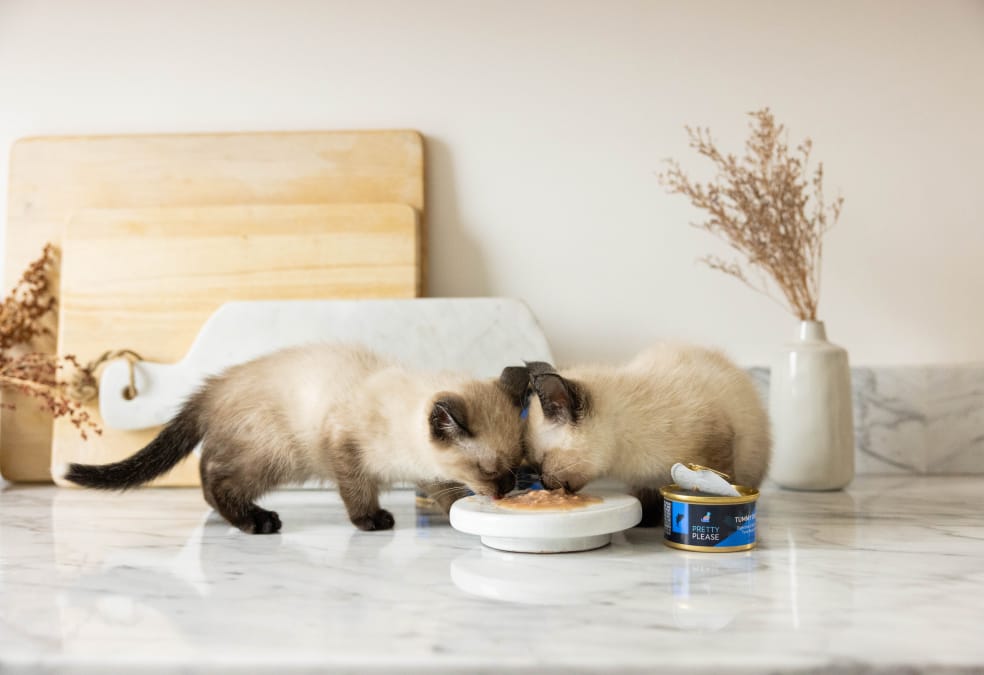
They say an ounce of prevention is worth a pound of cure. And that’s especially true for this weighty condition.
There are two main preventative routes that both rely on simple adjustments to your everyday pet parenting:
Hydration Diet
Drinking more water will dilute your cat’s urine and decrease the likelihood of mineral build-up. Refill water bowls regularly, use canned wet food only, or add water or bone broth to regular dry meals.
Reducing the amount of certain dietary minerals and adjusting the acidity levels will prevent urinary crystal and struvite stone formation—you can find specialized bladder stone prevention foods on the market like PrettyPlease to prevent acidic urine.
These help prevent bladder infection and urinary tract stones to build up.
Frequently Asked
Questions
You should not attempt to treat your cat’s bladder stones without the professional opinion of a veterinarian that is well-versed in veterinary medicine and emergency care. Some vets may recommend a dissolution diet that can be implemented from the comfort of your home, without the stress of surgery. These specific nutritional plans only work for certain types of bladder stones—struvite, but not calcium-oxalate crystals, for example.
In the meantime, you can help by increasing your cat’s water intake, eliminating daily stressors, and monitoring their progress carefully—if your at-home treatment plan is not working, check back in with your vet as it's crucial in cases of pet health concerns involving urinary issues.
Here are some key considerations when selecting and preparing your feline’s meals:
- Wet food is preferable to dry because it automatically adds moisture to their diet.
- Low mineral content will decrease the struvite stone formation which leads to stones.
- Moderate animal protein levels.
- Water, water, and more water.
Cats (especially females) may be able to pass very tiny stones. This can happen quickly and without your awareness. In most cases, however, struvite bladder stones will continue to grow without some sort of intervention.
A dissolution diet (at the recommendation of your veterinarian) can take weeks, or even months, to completely dissolve a large stone. Smaller stones naturally dissolve quicker but can still take several weeks. It can be a long journey, and your feline may experience significant discomfort and pain until the bladder stones are completely gone—be patient and show them love.
Calcium-oxalate stones are found more commonly in:
- Male cats, because their kidneys excrete more oxalate than females
- Purebreds, such as Persians, Burmese, Himalayans, etc.
- Obese cats
- Older cats
Struvite stones, on the other hand, are seen most often in:
- Female cats, because their wider urethra makes them more vulnerable to bladder infections than male cats
- Kittens or senior female cats
- Obese cats
- X-rays or Ultrasound - These imaging techniques can identify stones in the bladder.
- Urinalysis - A urine sample can reveal abnormalities like crystals, blood, or infection.
- Blood Tests - These may be conducted to rule out other health issues that could contribute to stone formation.
- Increased irritability or aggression.
- Hiding or avoiding interaction.
- Litter box aversion or urinating in unusual places.
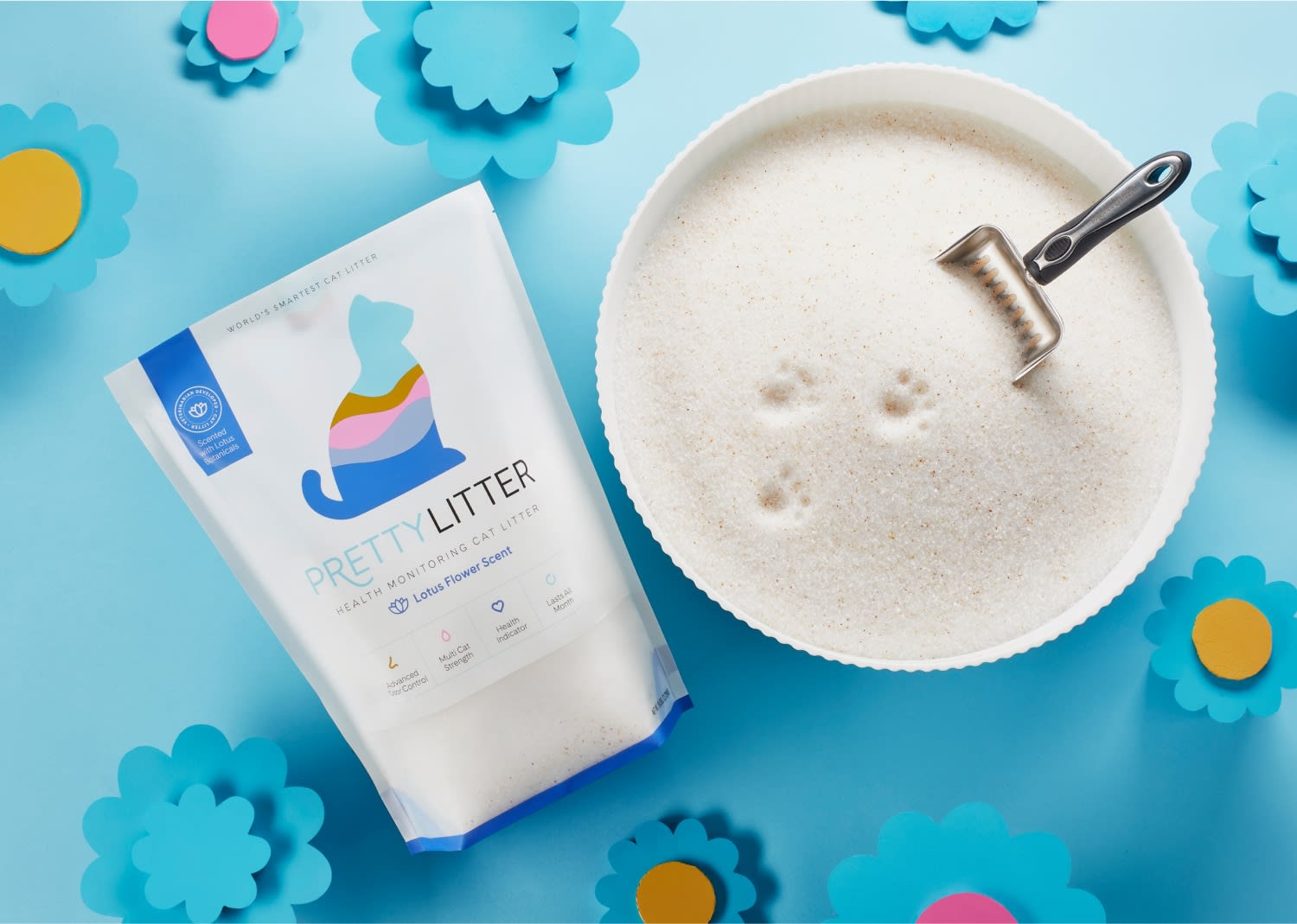
PrettyLitter Can Help Detect Bladder Stones
As a pet parent, you want to always keep an eye out for potential health problems in your cat. PrettyLitter can take some of that weight off your shoulders. Our color-changing litter technology alerts you to your feline’s potential health issues so you can give your cat the love and care it deserves.
— PrettyLitter can help with that.